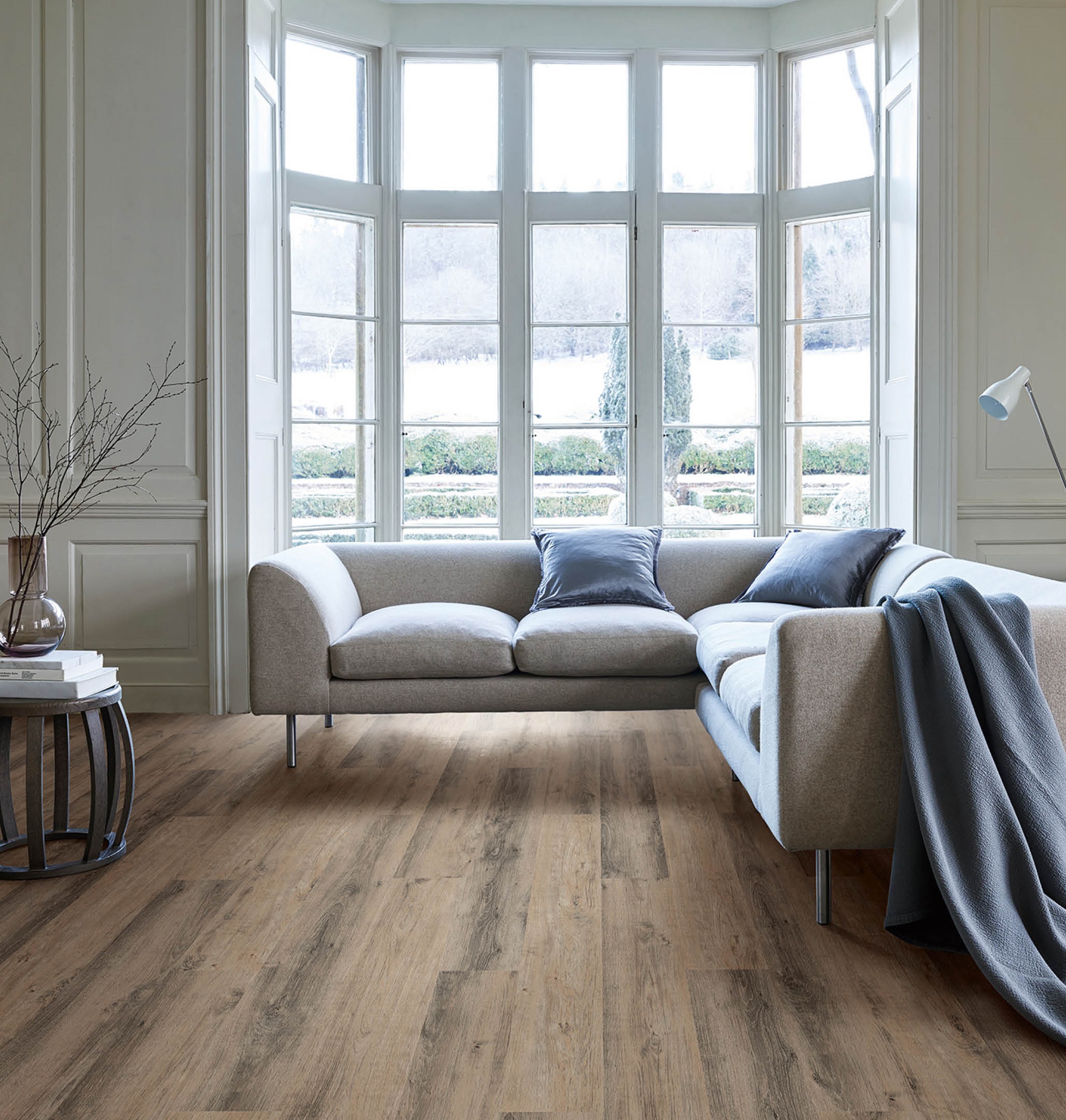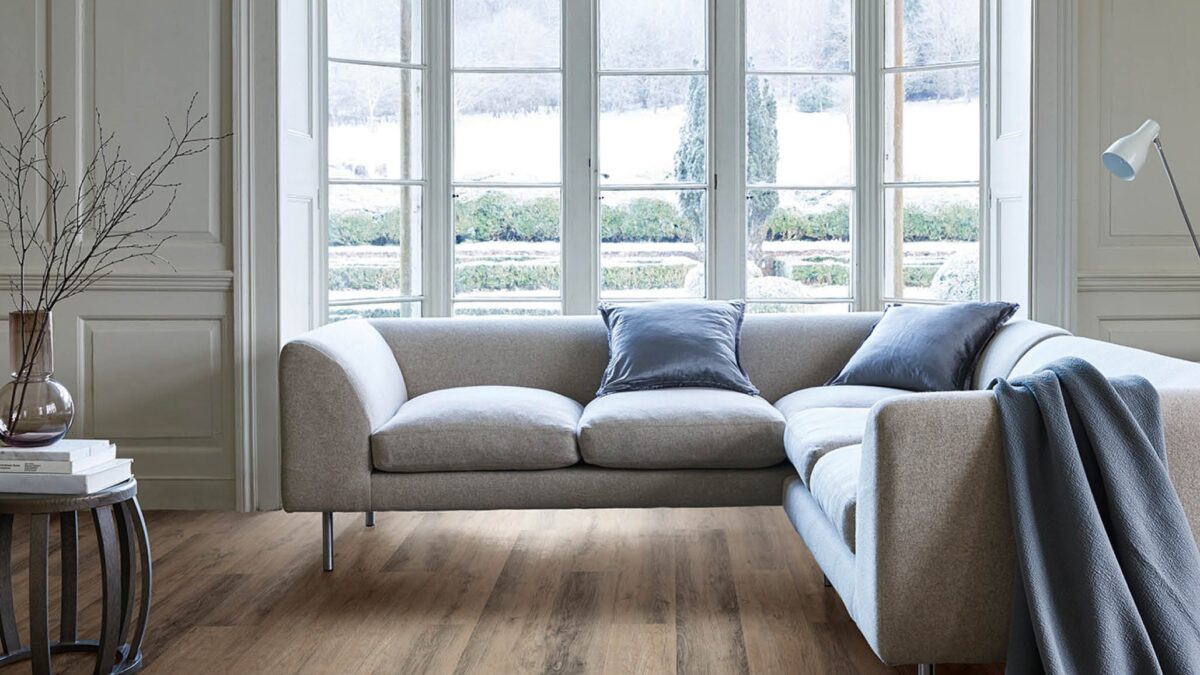Vinyl flooring is having a moment. The global market for vinyl flooring, driven by demand for durable and affordable options, is projected to grow from $39 billion in 2024 to over $66 billion by 2032 according to Reports and Data.
So, if you’re planning a kitchen remodel, you’re not alone in considering vinyl as a top contender. Why? It combines durability with an attractive price, making it a smart choice for busy kitchens.
But is vinyl flooring for the kitchen the perfect fit for your space?
Pros of Vinyl Flooring in the Kitchen
One of the top advantages is its resistance to water and moisture, making it ideal for kitchens where spills and splashes are part of daily life. Unlike wood or laminate, vinyl won’t swell or warp if it gets wet, which gives it a significant edge for a long-lasting kitchen floor.
Another benefit is vinyl’s comfort underfoot. Because vinyl is slightly cushioned, it provides a soft, comfortable surface to stand on, which can be especially appealing if you spend a lot of time cooking.
Vinyl also insulates sound, meaning fewer noisy footsteps — perfect for homes with open-plan kitchens or families who value quiet.
Finally, vinyl flooring comes in a variety of designs and styles. With options that mimic:
- Wood
- Stone
- Other high-end materials
It’s easy to achieve a premium look without the premium price tag.
Cons of Vinyl Flooring in the Kitchen
While vinyl has many advantages, it’s not without drawbacks. One consideration is that vinyl can be susceptible to scratches and dents from sharp objects.
In a busy kitchen where heavy cookware or sharp utensils might be dropped, this is something to keep in mind. Unlike some harder materials, vinyl doesn’t fully recover from punctures or deep scratches, so taking care when handling heavy objects is essential.
Another downside is vinyl’s environmental impact. Vinyl is a synthetic material that can be difficult to recycle, and it doesn’t biodegrade, which can be a concern for eco-conscious homeowners.
Vinyl Flooring Options for the Kitchen
When choosing vinyl flooring for your kitchen, LX Hausys offers several high-quality options in their HFLOR line. They combine style with strength. Take a look below.
HFLOR Luxury Vinyl Planks (LVP)
These planks mimic the appearance of natural wood, providing a warm, sophisticated look that complements a wide range of kitchen designs.
They’re a great option for homeowners who want the beauty of wood but need the durability and water resistance of vinyl.
HFLOR Luxury Vinyl Tiles (LVT)
Known for mimicking the look of natural stone or ceramic tile, LVT is a versatile choice for those who want a modern, high-end look without the hefty maintenance. These tiles can handle moisture, making them perfect for the kitchen’s unique challenges.
HFLOR High-Performance Options
Some HFLOR selections focus on high resilience for spaces that see extreme foot traffic. Designed for commercial-level durability, these options ensure your kitchen flooring maintains its beauty even with years of daily use.
Vinyl Flooring for the Kitchen: A Stylish, Sustainable Choice
Vinyl flooring for the kitchen offers durability, easy maintenance, and versatile design options. LX Hausys takes it further with HFLOR — phthalate-free, eco-certified, and crafted for high performance.
Ready to elevate your kitchen with sustainable, stylish flooring? Discover HFLOR’s innovative solutions at LX Hausys today.


